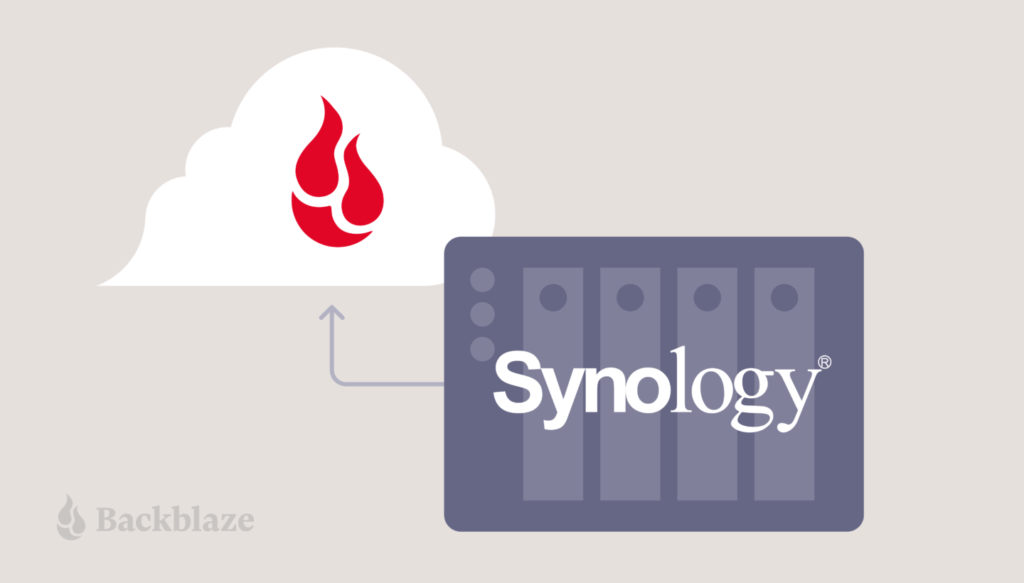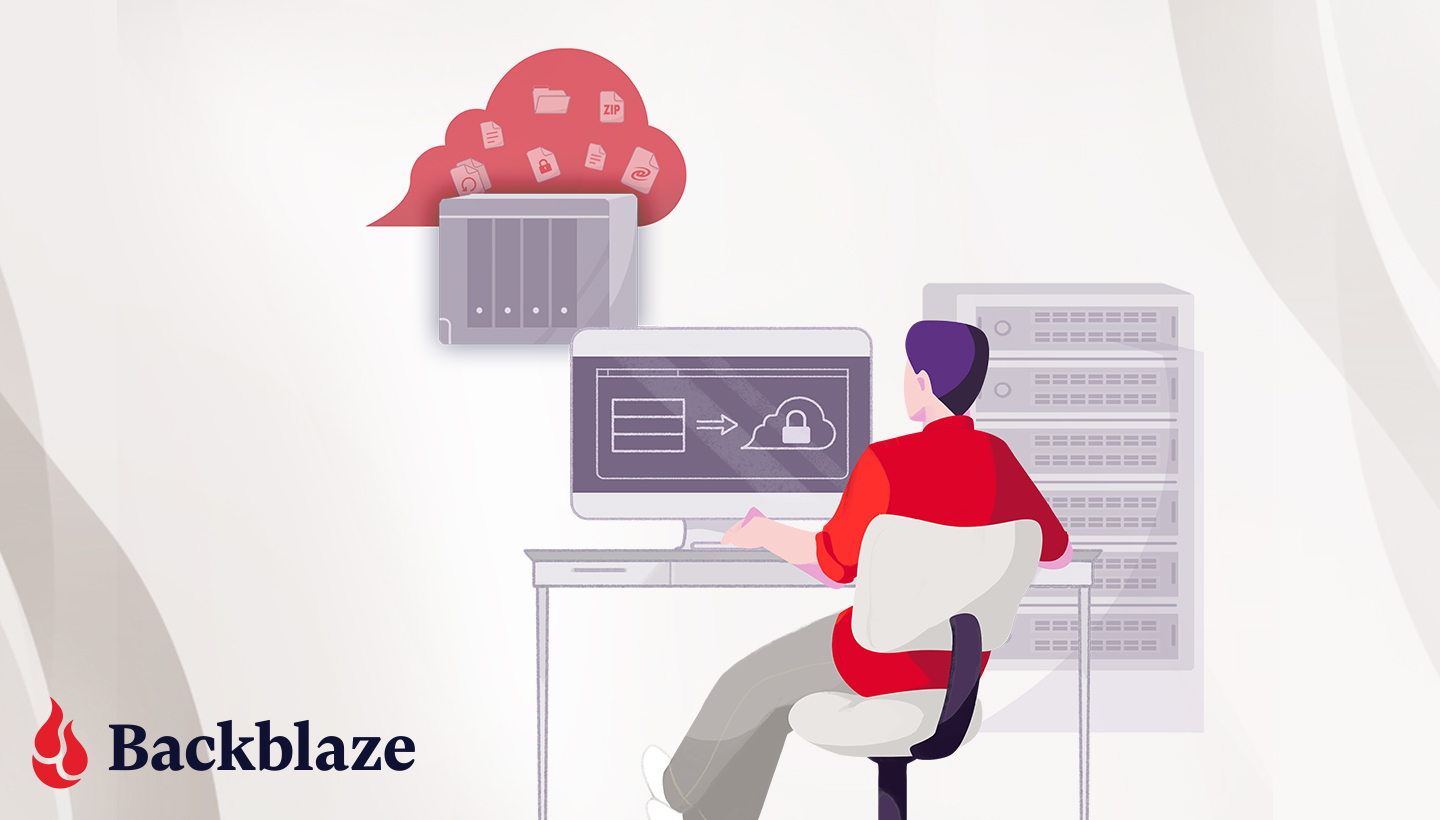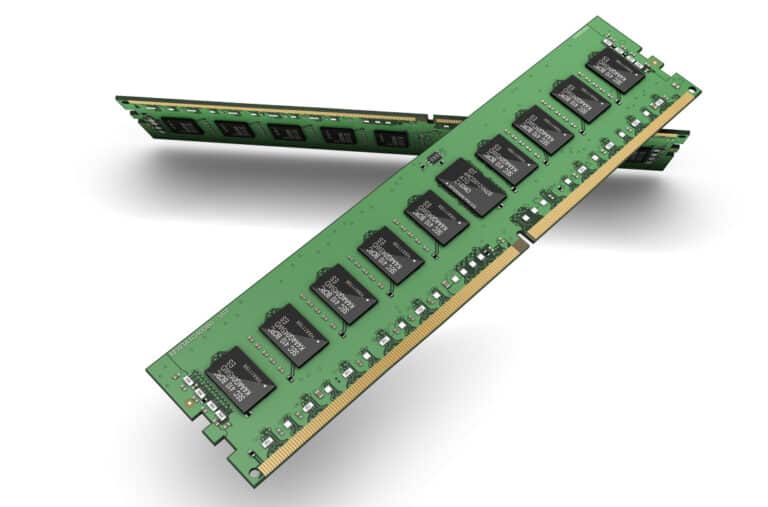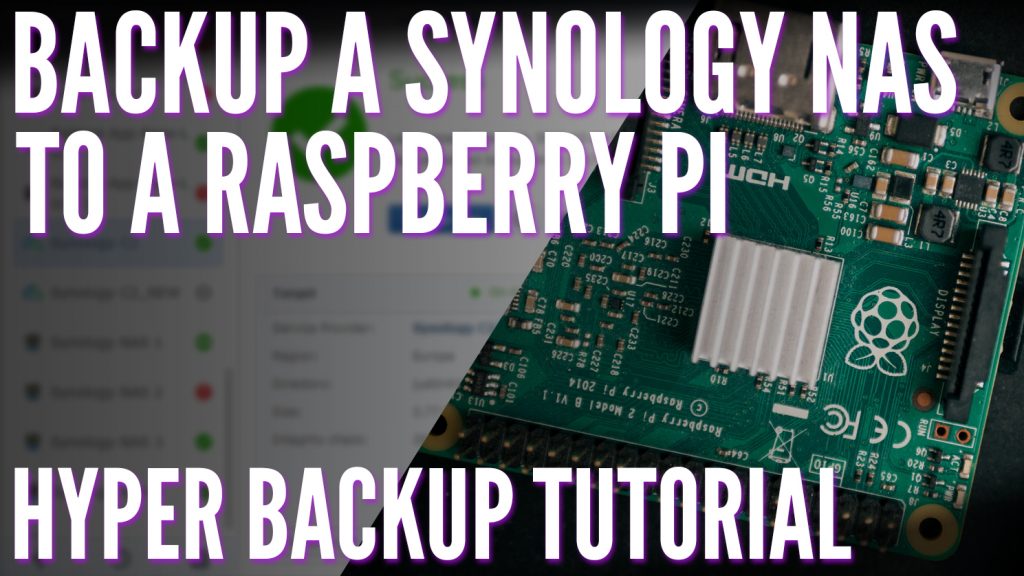
Because by default, Backblaze sets all bucket lifecycle policies to “ Keep all versions of the file (default)” as shown below:įurther, here is a test file I’ve uploaded, made a few changes a couple times and you can see the different versions, time stamps and file sizes: The only thing I can say to that is those individuals simply have not even bothered trying this method. I have also received a few comments stating this couldn’t possibly be backup because it’s sync and doesn’t support versioning. To fix this issue you just need to change the polling period in Cloud Sync from the default 60 seconds to something more manageable, I’ve set mine currently to 3,600 without any issues: I’ve had a couple people state they’ve had issues with getting messages from Backblaze regarding reaching the Class C Transaction Cap, which is 2,500 daily.

Let me know what you think about Backblaze in the comments below.

Go to your Package Manager > Backup > and click on Install under Cloud Sync. Now log into your Synology admin interface.Next click on the Create Application Key button and then make note of both your Account ID and Application Key.After you’ve create a bucket, now click on the Show Account ID and Application Key link.Now give your bucket a name and more importantly make sure you set your bucket to “Private” – unless you want everyone to see your files.After the account has been created we need to create a “bucket” where all the files will be stored, so click on Create a Bucket.


In this post I’ll be showing you just how easy it is to use Backblaze on your Synology Diskstation NAS – all with native Synology apps. Well one option would be to upgrade to the more expensive Crashplan business plan or another option would be to check out Backblaze! Immediately people started asking me on twitter for alternatives. In case you’ve missed it, Crashplan announced yesterday that they are no longer offering a family backup plan but instead focusing on business plans.


 0 kommentar(er)
0 kommentar(er)
